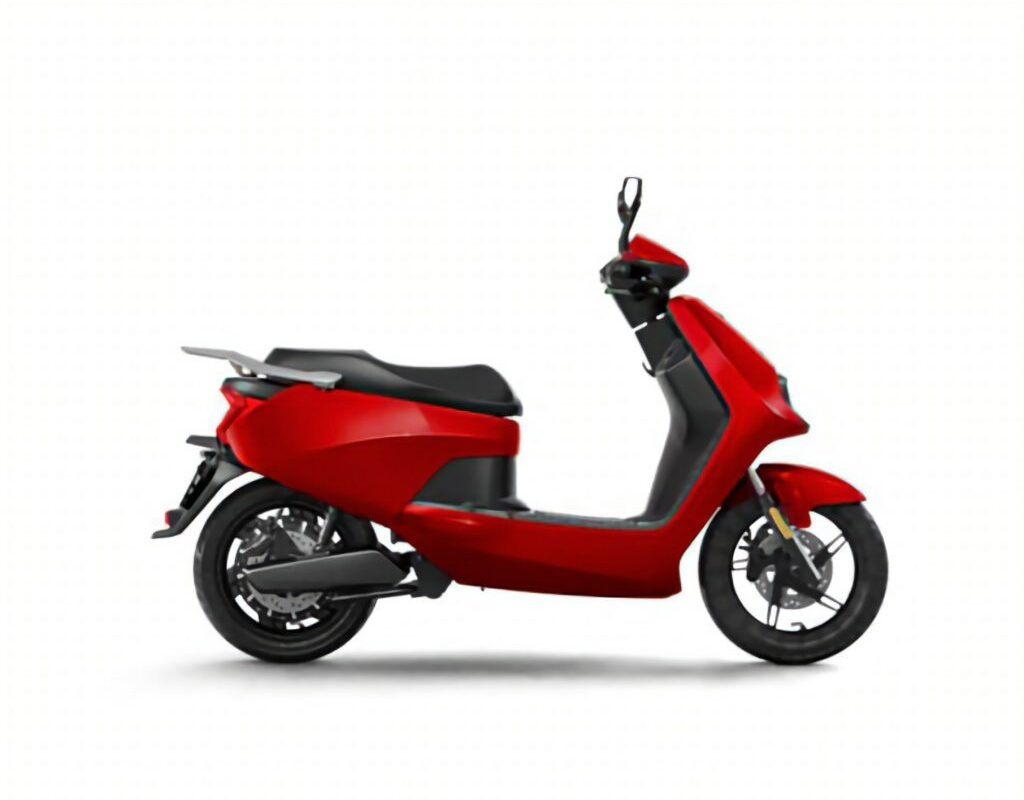The Emergence of E-bikes
Over the past decade, there has been a tremendous rise in the popularity and sales of electric bicycles, commonly known as e-bikes, across many European cities. E-bikes first started gaining widespread traction in Northern European nations like the Netherlands and Denmark in the early 2010s. They provided citizens with an eco-friendly and affordable transportation alternative to driving cars or taking public transportation for shorter commute distances within urban areas. The advanced battery and motor technology incorporated into e-bikes meant riders could travel longer distances or handle steeper hills with less physical exertion compared to traditional pedal bikes. This key benefit made e-bikes appealing to a wider demographic, including elderly riders or those not wanting to arrive at their destination sweaty or out of breath.
Rapid Adoption in Major Metropolitan Areas
It didn’t take long for the popularity of e-bikes to spill over into other large European metropolitan centers. By the mid-2010s, major cities like Berlin, London, Paris and Barcelona saw surge in e-bike purchases and usage. Commuters started relying on e-bikes to travel longer distances to work quicker than by traditional bike or public transportation. Delivery riders also favored Europe E-bike to handle multiple deliveries per day in busy urban traffic. The bikes provided enough electric pedal assist up to local speed limits without breaking a sweat. This helped with productivity. Tourism destinations also saw a rise in e-bike rentals, as visitors used them to easily explore sites within a city spread out over a large area.
Government Support Drives further Uptake
Many European governments actively promoted policies to encourage more environmentally-friendly transportation like e-bikes. Major cities provided generous bike lane infrastructure dedicated to pedal bikes and e-bikes. Some local authorities even offered purchase incentives or rebate programs for residents buying their first e-bike. This governmental support further boosted already high e-bike adoption rates across the continent. It especially enticed choices to ditch car ownership and rely primarily on e-bikes, especially for short commutes within 5-10 km of home or work. E-bike sales in Europe topped over 3 million units in 2020 and showed no signs of slowing down according to industry analysts.
Variety of E-bike Models to Suit Every Riding Need
Consumers have many different e-bike models to choose from depending on their specific riding needs and budget. The basic pedal assist e-bike or “pedelec” remains the most popular variety accounting for over 70% of European sales. They provide a boost of up to 25 kph with pedaling. For riders seeking to travel farther distances without breaking a sweat, mid-drive motors that blend assistance into the pedaling motion are gaining favor. Dutch-style e-bikes with a more relaxed sitting position are ideal for casual trips, while slimmer-framed bikes suit those wanting a sportier ride. Those riding hilly terrain heavily rely on e-mountain bikes with more powerful motors and thicker tires. Several major manufacturers like Riese & Müller from Germany and Accell Group from the Netherlands offer extensive lineup catering to all price points and terrain types.
E-cargo Bikes Transform Delivery and Families
A niche e-bike segment experiencing astronomical growth rates in Europe are electric cargo bikes. They provide a versatile pedal-assist platform for moving goods short distances within urban cores. Smaller businesses are increasingly turning to e-cargo bikes for everything from take-out food delivery to nursery product transportation. Families also use them to safely transport kids without having to own a bigger, less sustainable vehicle. Models like the Piaggio Porter from Italy or Babboe Runabout provide ample space for passengers or goods. This has given wings to micro-mobility and resulted in less short inner-city car trips that congest roadways. More European municipalities are responding with parking zones and street infrastructure tailored for large e-bikes.
Outlook for Continued Momentum
With EU goals to drastically cut carbon emissions by 2030 and most large cities looking to phase out combustion engines, the outlook remains very bright for sustained e-bike uptake. Premium manufacturers like Riese & Müller project over 5 million annual e-bike sales could happen in Europe by 2025 given a supportive policy environment. Countries with already high rates like the Netherlands, Denmark and Germany are refining their rapidly growing e-mobility industries. Southern nations traditionally less focused on cycling like Italy and Spain are playing catch up with promising investments and projects around efficient public e-bike sharing. The current European e-bike revolution shows no signs of slowing down. Barring unforeseen global supply constraints, adoption rates could easily surpass even the most bullish industry projections of the past decade.
*Note:
1. Source: Coherent Market Insights, Public sources, Desk research
2. We have leveraged AI tools to mine information and compile it




